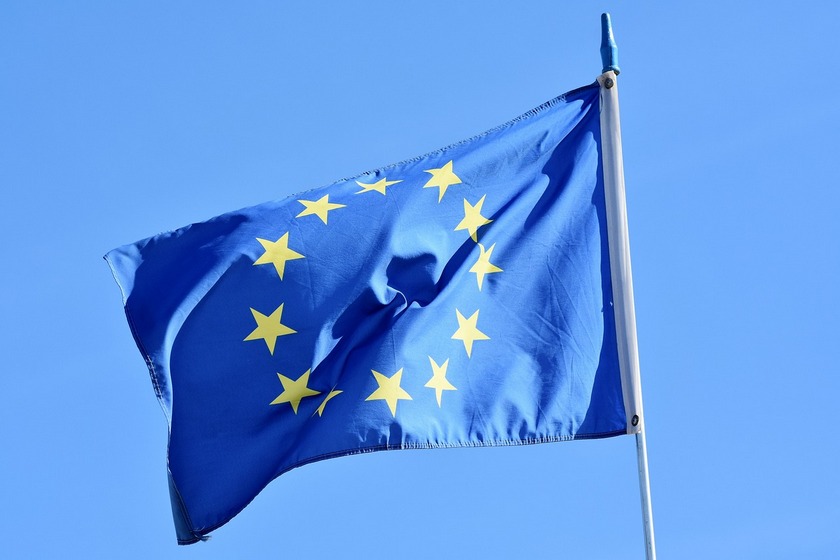Essential Requirements for Obtaining a Schengen Visa
This article will guide you through the requirements of the Schengen visa when traveling to Europe. The embassy may ask you to submit certain documents as part of the application process. Therefore, you must allocate enough time to gather all the necessary supporting documents to enhance your chances of a successful visa application. Moreover, it’s important to recognize that these requirements can depend on various factors, such as your nationality, the type of visa you seek, and your current civil status. These factors can significantly influence the documents the embassy may require. Additionally, some extra documents might also be needed during the visa application journey.
A Little Information About Schengen Countries
The Schengen zone comprises 27 countries, including Austria, Belgium, Czechia, Croatia, Denmark, Estonia, Finland, France, Germany, Greece, Hungary, Iceland, Italy, Latvia, Lithuania, Liechtenstein, Luxembourg, Malta, Norway, The Netherlands, Poland, Portugal, Slovakia, Slovenia, Spain, Sweden, and Switzerland. Obtaining a Schengen visa for any of these countries offers numerous advantages. For instance, with a valid Schengen visa, there is no need to apply for separate permits to enter other states. Hence, if you are visiting Poland with a Schengen visa, you can freely travel to other Schengen countries without the need for additional visa applications. Furthermore, depending on the specific visa type you apply for, you may be able to work or stay as long as you require.
Visa Requirements of the Schengen Countries
When planning your travel to the Schengen zone, you need to apply for a specific type of visa. The options include tourist, work, business, study, or family reunion visas. Depending on the visa type, additional documents might be required. Nonetheless, the following are common supporting documents the embassy typically requests:
#1. Visa Application Form
Complete a visa application form and submit it to the relevant authorities. This form includes thirty-seven questions divided into four sections: personal information, travel details, invitation information, and a field for your signature and date. If a minor is applying, their parents or legal guardians must sign the document to validate it.
#2. Passport
Your passport must not be expired, and it should have been issued within the last ten years. Additionally, it should contain two to three blank pages to allow the embassy to attach your new visa. The passport must be valid for three to six months beyond your intended departure from the Schengen area.
#3. Pictures
Provide two recent passport-sized photographs (35mm x 45mm) against a light background. Ensure that your face and shoulders occupy seventy to eighty percent of the image. Photographs older than six months will not be accepted, so it’s advisable to have them taken by a professional.
#4. Cover Letter
A cover letter is essential for introducing yourself and outlining your travel plans. It should specify the country you intend to visit and provide clear reasons for your stay. Aim for a concise letter, ideally not exceeding two pages, which should include travel dates, accommodation details, and planned activities.
#5. Travel Insurance
Having travel insurance is mandatory during your stay in the Schengen zone. This document should cover unexpected expenses, such as medical emergencies, surgeries, or hospitalization. Ensure that your insurance coverage is at least thirty thousand euros. You can obtain this document from local providers or online services.
#6. Copies of Previous Visas
If you have previously traveled to any Schengen country, include copies of your past visas, whether they are expired or fully used. Use a rubber band to attach these documents to your application to avoid tearing or damaging them.
#7. Flight Itinerary
Provide a flight reservation that shows your confirmed round-trip ticket. This document should include your name, flight number, airline name, booking ID, entries and exits, and ticket prices. It is crucial to include all relevant flight details.
#8. Proof of Financial Stability
Demonstrate that you have sufficient financial resources for your stay. This could include salary slips, bank statements, or pension documentation. It is advisable to check with the embassy regarding the minimum amount needed per day for your trip.
#9. Proof of Accommodation
You’ll need to confirm that you have a place to stay by providing documents such as hotel bookings, invitation letters, or rental agreements. Ensure that you share the names, addresses, and contact numbers of your accommodation for verification purposes.
#10. Paid Visa Fee
The visa fee is eighty euros for adults and forty euros for children aged six to twelve years. It is a non-refundable fee, typically paid in euros at the embassy. In some cases, local currency may be accepted. After payment, you will receive a receipt, so keep it safe as proof of payment.
Have you ever traveled to the Schengen Area? Share your experiences and tips below!




